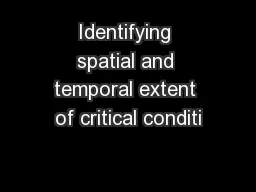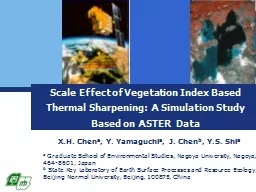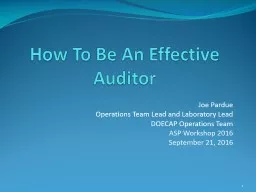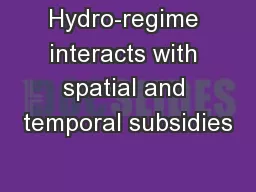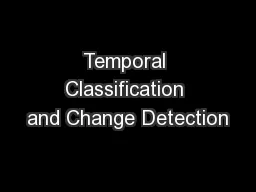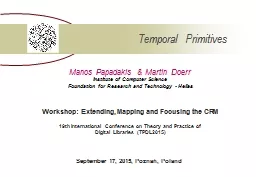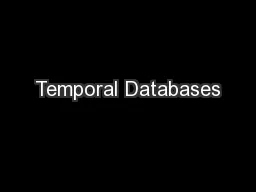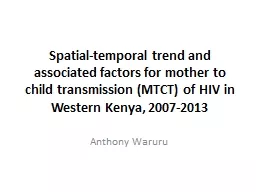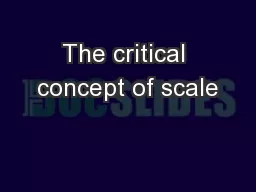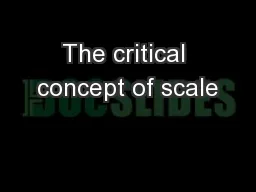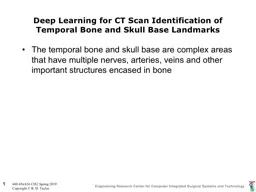PPT-Identifying spatial and temporal extent of critical conditi
Author : briana-ranney | Published Date : 2017-10-15
Ali Forghani Utah State University GIS in Water Resources Term Project Nov 2011 Water Resources Surface water Groundwater In this project Groundwater conditions
Presentation Embed Code
Download Presentation
Download Presentation The PPT/PDF document "Identifying spatial and temporal extent ..." is the property of its rightful owner. Permission is granted to download and print the materials on this website for personal, non-commercial use only, and to display it on your personal computer provided you do not modify the materials and that you retain all copyright notices contained in the materials. By downloading content from our website, you accept the terms of this agreement.
Identifying spatial and temporal extent of critical conditi: Transcript
Download Rules Of Document
"Identifying spatial and temporal extent of critical conditi"The content belongs to its owner. You may download and print it for personal use, without modification, and keep all copyright notices. By downloading, you agree to these terms.
Related Documents

